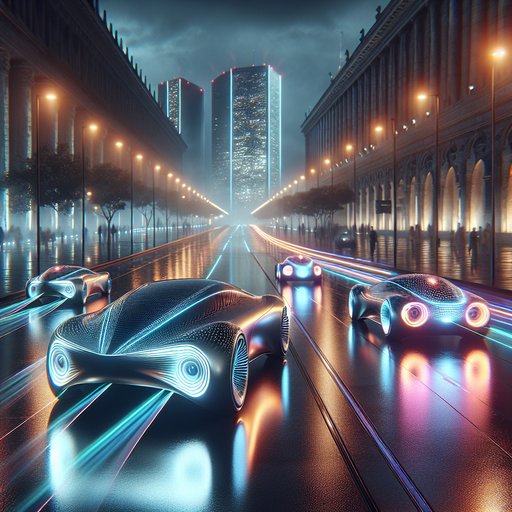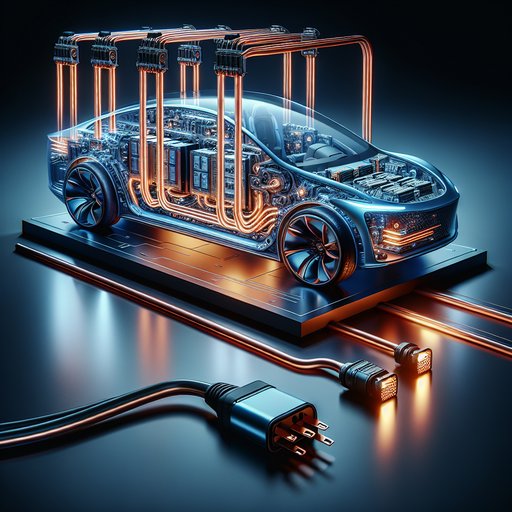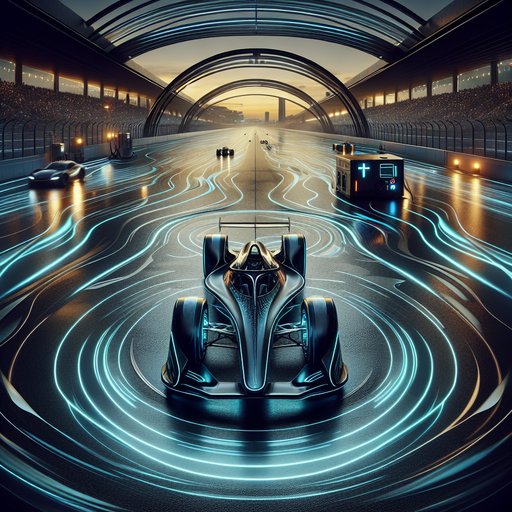
Automotive lighting is entering a curatorial moment, where engineers and designers work like light artists and cars double as rolling installations. Adaptive headlights, newly greenlit in the U.S. since 2022 and expanding in 2024–2025 model years, paint the road with precise, glare-free patterns. Laser modules, once confined to halo cars, are influencing slimmer optics and theatrical accents, while digital OLED taillights introduce selectable signatures and safety cues. Design museums and fairs have begun to showcase these languages of light, and collectors increasingly evaluate limited editions by their nocturnal identity as much as performance. The result is a fast-maturing medium that blends safety, efficiency, and public art, with institutions and curators shaping how audiences encounter it after dark.
Adaptive headlights are becoming programmable instruments, and designers are treating the beam pattern as a work to be composed rather than a static fixture. With adaptive driving beams approved by U.S. regulators in 2022 and rolling into more showrooms this year, studios can mask glare, spotlight hazards, and choreograph welcoming animations without blinding oncoming traffic. Curators at design weeks and museum programs increasingly frame these behaviors as a new etiquette of light, where a car communicates with its audience in shared urban space.
The immediate impact is both practical and cultural: safer night travel and a legible visual language that brands and artists can refine over time. Laser lighting remains a high-end tool, but its influence on form and narrative is clear to anyone who has seen it presented in galleries at design fairs. Early production laser high-beams, introduced in Europe last decade, opened range and efficiency, while recent applications shift toward dramatic accents and ultra-slim optics that free exterior sculptors. Designers speak about these modules as compact projectors that enable purer surfaces, and curators often juxtapose them with architectural light works to underline the kinship.
For collectors, limited-run models that debut novel laser signatures function like editioned light pieces, with provenance and rarity shaping value as much as lumens. OLED taillights are where the artwork gets truly graphic, and audiences notice immediately. Segmentable, “digital” OLED panels allow multiple pre-approved signatures and context-aware warnings, so the rear of a car can switch from a calm motif to a bolder pattern when a following vehicle approaches too closely. Designers treat these arrays as typographic grids, composing strokes and rhythms that align with a brand’s night identity, and some markets already let drivers choose among curated sets.
Exhibitions and brand museums have begun staging dark-room demonstrations of these choreographies, highlighting how safety and expression coexist in one luminous canvas. Institutions now mediate this medium, balancing expression with public responsibility. Standards bodies in Europe and recent U.S. rules define what can be projected, when, and how often, while safety organizations evaluate real-world glare and visibility alongside aesthetics.
Curators and educators are responding with programs that put automotive light next to media art, training the next wave of designers to think about audiences, context, and urban ambiance. In the near term, higher-resolution headlamps and smarter OLED arrays are likely to gain software-defined behaviors, with updates adding curated signatures where regulations permit. For drivers and pedestrians this season and next, the immediate benefit is clearer, calmer nights—and vehicles that speak in a refined visual language rather than shout.











